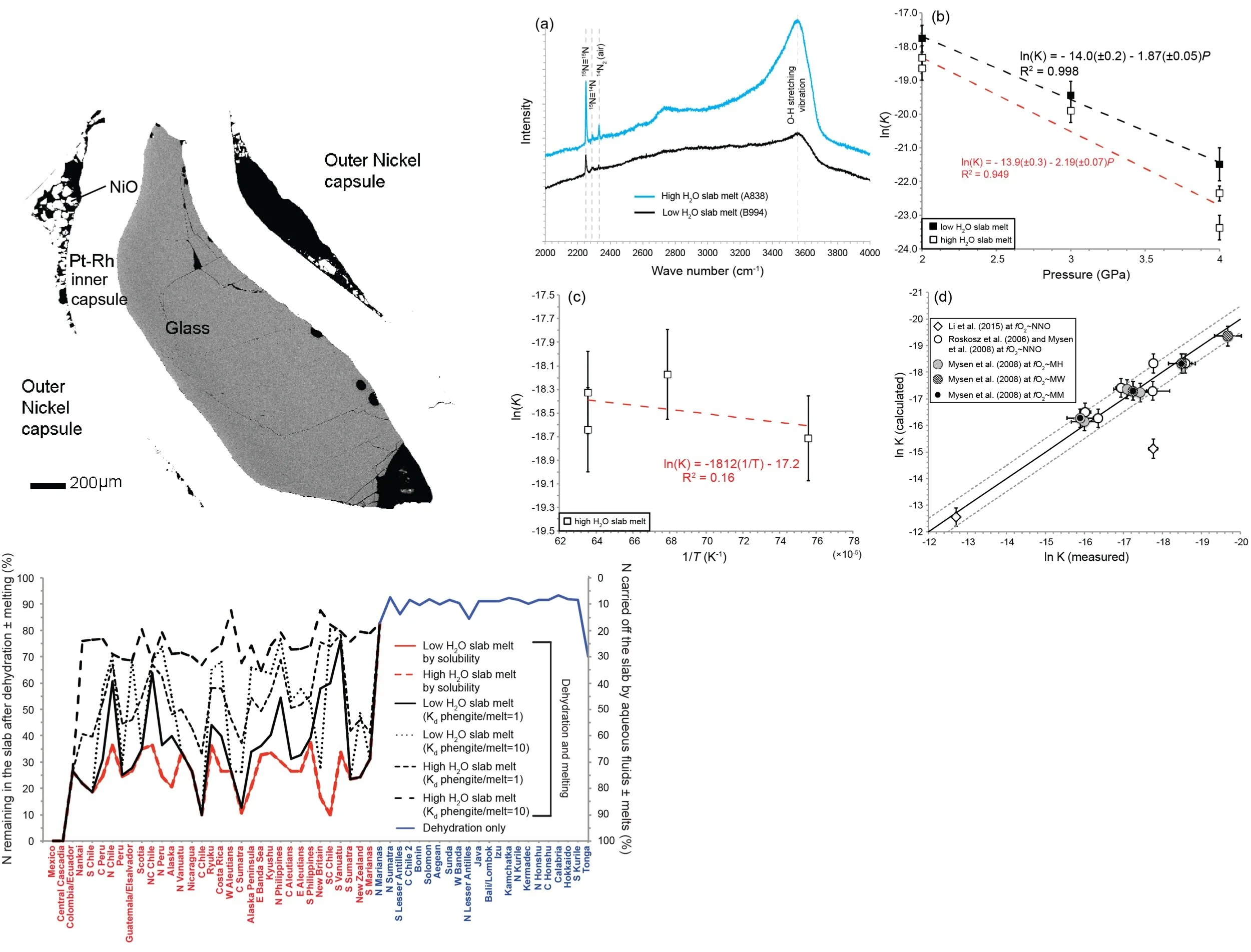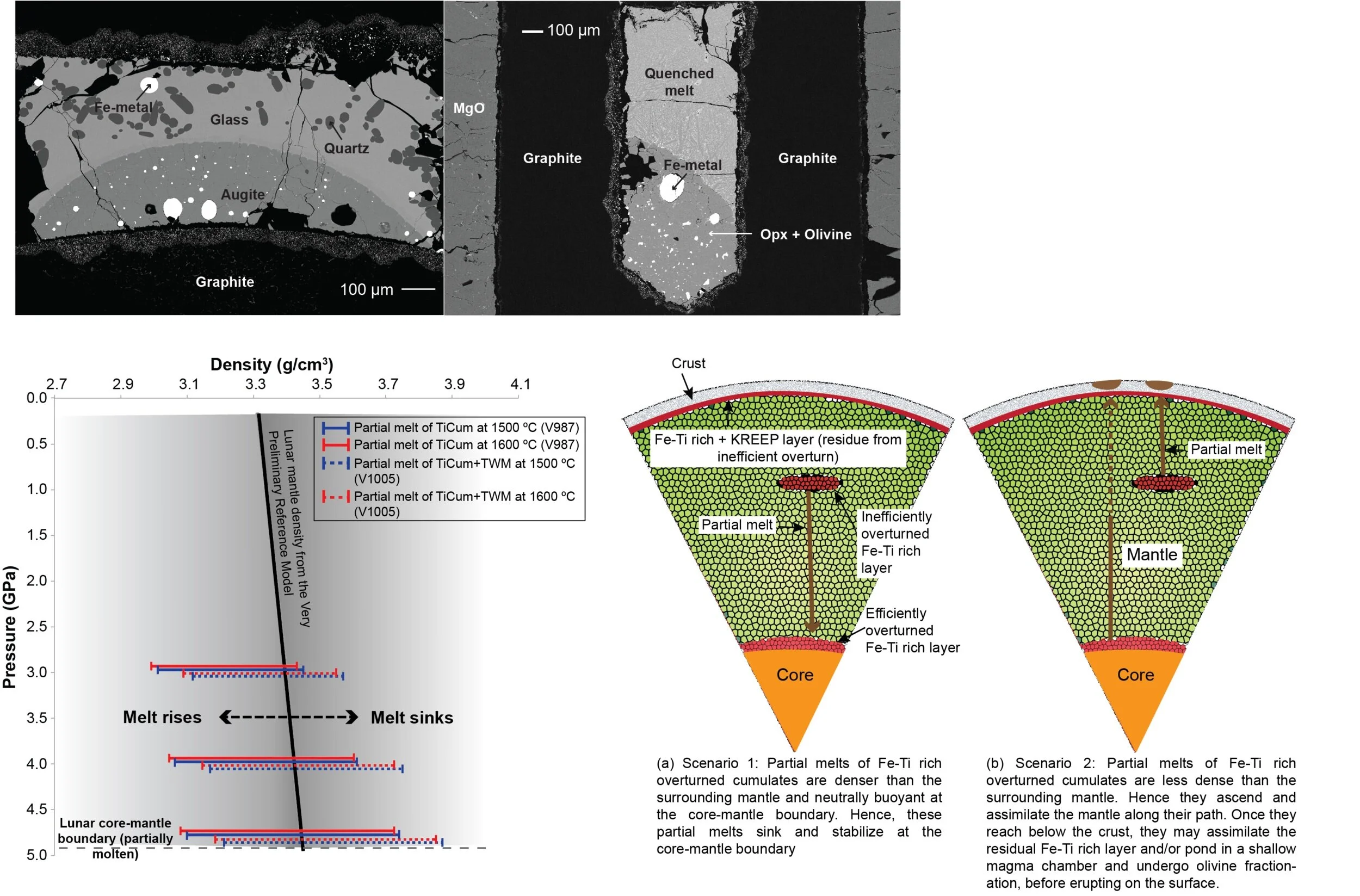Subduction Zone Magmatism
How does subducted crust contribute to magmas formed in subduction zones? Arc lavas are known to be water-rich, and they also contain species of other volatile elements (e.g. C, N, S): what role does water or these volatile species play in magma formation? Why care about any of this? Subduction zones are part of a conveyor belt that insert the Earth’s surficial reservoirs (crust+atmosphere+ocean) into the Earth’s deep interior. Some of what goes inside comes out through magmatism in subduction zones and other tectonic settings. This continuous exchange between the Earth’s surface and interior has shaped our planet through most of her history. Investigating the role of subducted crust and volatile elements in subduction zone magmas is a part of the larger puzzle that we try to piece together to understand the evolution of our own planet.
from Mallik et al. (2015)
Deep Nitrogen Cycling in the Earth
Nitrogen (N) is the most abundant element in the present day terrestrial atmosphere (78% by volume). It is one of the key elements present in the most important bio-macromolecules (e.g. nucleic acids and proteins), hence plays a major role in the evolution of life on Earth. The presence of nitrogen in the atmosphere may enhance the potency of greenhouse gases in regulating Archean climate. Studying N cycling from the atmosphere to deep Earth and back is important for understanding the evolution of the atmosphere and climate of the Earth. Subduction zones are one of the principal tectonic settings to study input of N from atmosphere to the mantle (principally being carried by subducting sediments) and output from the mantle back to the atmosphere (by degassing of arc lavas). We investigate the mechanism and efficiency of N transfer from the subducted slab to the arc source by experimental approach. This includes estimating the N carrying capacity of fluids and slab-derived melts, N-isotopic fractionation during transfer from slab to the arc source and partitioning of N between slab-derived fluids/melts, subducted slab and mantle minerals. The long-term goal of this study is to estimate rates of input and output of N through solid Earth with time, thereby improving our understanding of the deep cycling of N.
from Mallik et al. (2018)
The Moon’s Interior Evolution
The evolution of the lunar interior is not well understood from the magma ocean stage until the present day. Perhaps the most robust physico-chemical constraints on the Moon are its mass, moment of inertia and bulk composition. We are using these constraints to understand the present-day interior structure of the Moon, including the thermal and mineralogical profile . We also investigate the effect of density-driven lunar mantle overturn on the evolution of the lunar crust and interior. More recently, we are studying the effect of hydrogen on lunar interior evolution, with a goal to constrain the bulk hydrogen content of the Moon. This may shed more light into the origins of the Earth-Moon system.
from Mallik et al. (2019)


